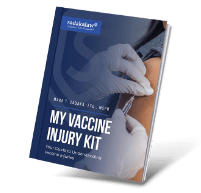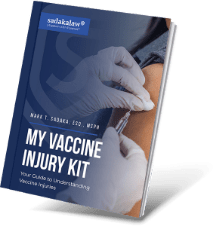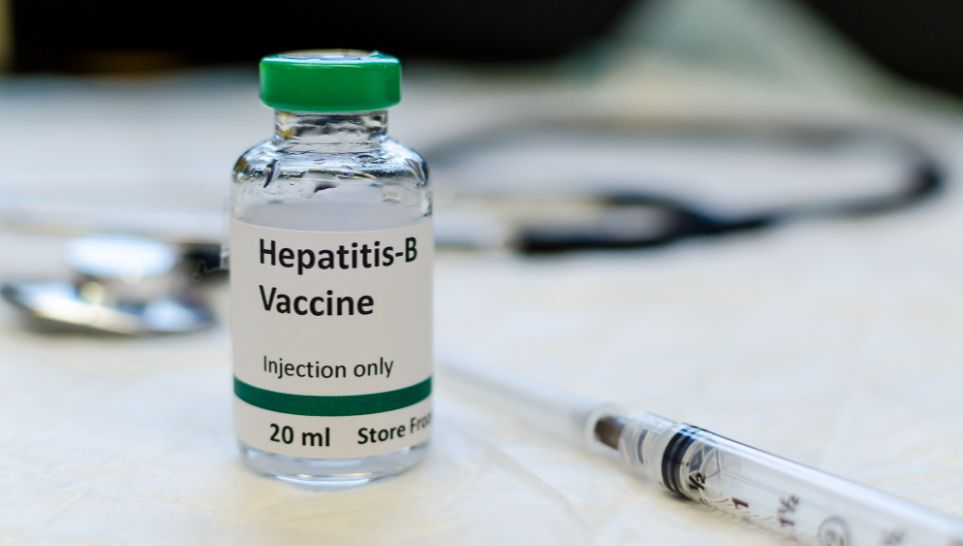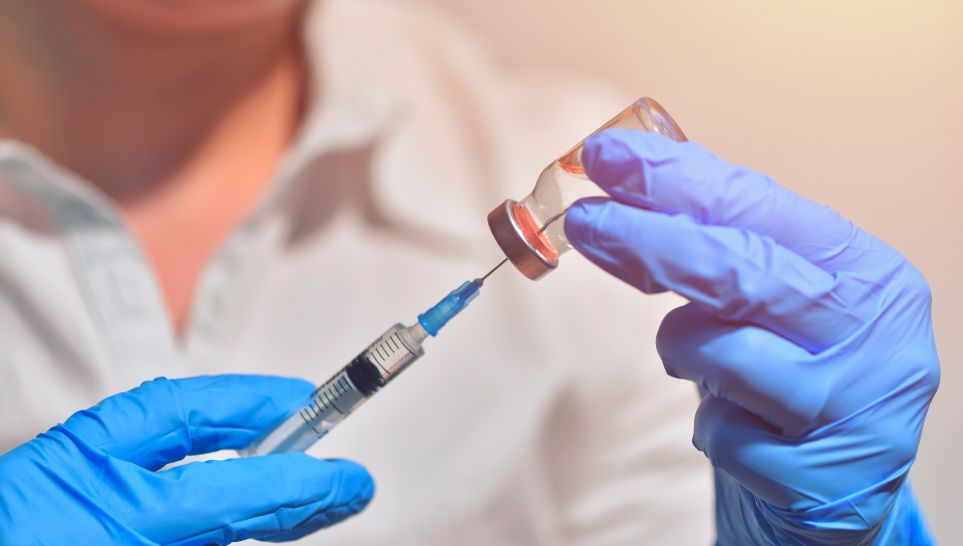According to the Center for Disease Control and Prevention (CDC), millions of doses of vaccines are administered to children in this country each year. Ensuring that those vaccines are potent, sterile and safe requires the addition of minute amounts of chemical additives. Chemicals are added to vaccines to inactivate a virus or bacteria and stabilize the vaccine, helping to preserve the vaccine and prevent it from losing its potency over time. The amount of chemical additives found in vaccines is very small.
Additives used in the production of vaccines may include: suspending fluid (e.g. sterile water, saline, or fluids containing protein); preservatives and stabilizers to help the vaccine remain unchanged (e.g. albumin, phenols, and glycine); and adjuvants or enhancers that help the vaccine to be more effective.
Common substances found in vaccines include: aluminum, antibiotics, egg protein, formaldehyde, Monosodium glutamate (MSG), and thermisol.
Aluminum gels or salts of aluminum, which are added as adjuvants, help the vaccine stimulate a better response. Adjuvants help promote an earlier, more potent response and more persistent immune response to the vaccine.
Antibiotics are added to some vaccines to prevent the growth of germs (bacteria) during production and storage of the vaccine. No vaccine produced in the United States contains penicillin.
Egg protein is found in influenza and yellow fever vaccines, which are prepared using chicken eggs. Ordinarily, persons who are able to eat eggs or egg products safely can receive these vaccines.
Formaldehyde is present in some of the vaccines on the childhood immunization schedule, (including the flu shot, polio vaccine and DTaP vaccine) because it works to eliminate the harmful effects of these bacterial toxins and makes the viruses unable to replicate or reproduce themselves. The very small amount of formaldehyde that is left over in the vaccines that are given to kids is less than the amount naturally found in children and much less than the amount safely given to animals in research studies.
Monosodium glutamate (MSG) and 2-phenoxy-ethanol are used as stabilizers in a few vaccines to help the vaccine remain unchanged when it is exposed to heat, light, acidity or humidity.
Thermisol is a mercury-containing preservative, which is added to vials of vaccine that contain more than one dose to prevent contamination and growth of potentially harmful bacteria.
Unfortunately, vaccine additives sometimes do cause reactions. The most common allergic reactions are to gelatin, the antibiotic neomycin and eggs (flu shot and yellow fever vaccine).
According to the American Academy of Pediatrics, “Parents should be reassured that quantities of mercury, aluminum and formaldehyde contained in vaccines are likely to be harmless on the basis of exposure studies in humans or experimental studies in animals.”
And keep in mind that it was much more common for children to get sick from contaminated vaccines before the use of preservatives. These additives have helped vaccine effectiveness and efficiency as well as helped prevent millions of vaccine preventable illnesses and deaths.
To find out what chemical additives are in specific vaccines, ask your health care provider or pharmacist for a copy of the vaccine package insert, which lists all ingredients in the vaccine and discusses any known adverse reactions.






